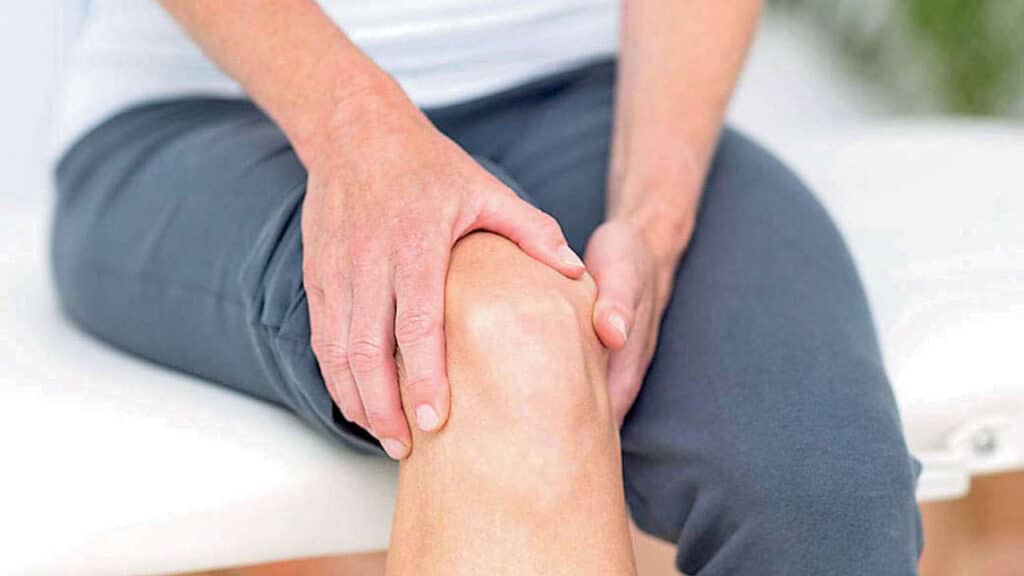There can’t be many parts of the body that take as much daily wear and tear as the joints, and there can’t be many joints put under as much pressure as the knee. Every time you walk, run or jump – or even when you’re just going from sitting to standing – it’s putting in a lot of work. Part of the reason it can do that is the menisci.
You actually have menisci in your wrists, shoulders and jaw as well as the knee, but it’s the ones in the knee that get the most attention – and potentially cause the most problems when they go wrong. A meniscus is a piece of cartilage, a half moon in shape (its name comes from the Ancient Greek word for “crescent”), that sits in the gap between the shinbone and thigh bone (tibia and femur if you’re being technical).
From its load-bearing position in the knee, a meniscus can help spread the body’s weight more evenly, acting as a shock absorber and reducing friction when the bones rub together. It’s a vital part of the knee’s stability and structural integrity. It’s also the most common source of knee injury.
Any movement that involves twisting or rotating your knee can cause a meniscus tear. That means it can even happen when you try to stand up, although it’s a lot more common when playing sports. There’s also a risk, as you grow older, that age-related degeneration will contribute to the tearing of the meniscus. This can cause pain, swelling and limited movement.
Sometimes, a tear will be fairly minor and will heal naturally on its own. You may need to rest for a bit, follow the normal advice for injuries like applying ice and elevating it, and maybe take a few painkillers. Don’t use any kind of heat therapy or massage the knee. In other cases, physiotherapy may help you improve your mobility and alleviate some of the pain. In the most severe cases, surgery may be necessary.
Surgical intervention can involve repairing the meniscus, but this won’t always be possible. The other main form of surgery is a meniscectomy that removes some or all of the cartilage. Considering the importance of the menisci, this can cause as many problems as it solves. A meniscus transplant is a newer technique that has had some success.




